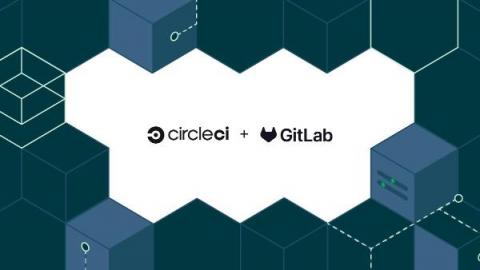Testing React components with Cypress
Components are reusable bits of code that, most of the time, work and function independently. If you want to be confident that components are working properly, you need to test them. Conveniently, Cypress.io has designed their testing framework to include component testing. This tutorial illustrates the differences between end-to-end (E2E) and component testing, and what to consider when using these methods. Then, you will learn how to use Cypress for component testing.









